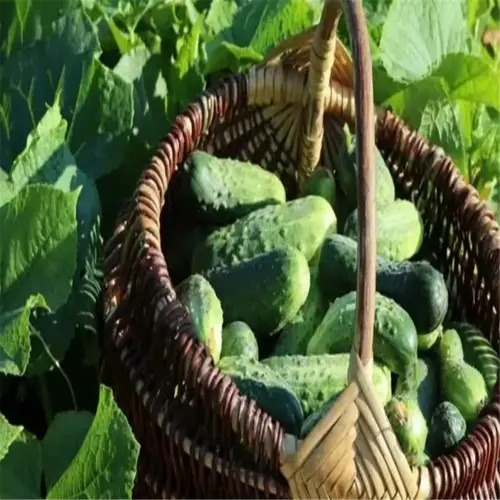How does planting corn in blocks improve crop success?

Written by
Tina Carter
Reviewed by
Prof. Martin Thorne, Ph.D.After many years of a few ears of corn, block planting corn completely transformed my harvests. Instead of planting in rows, I began planting corn in dense nests based on a grid system. The wind would blow the pollen charged from the tassels to silks across the way, pollinating more than 95% nuggets instead of single rows, even with their 70% pollination rate.
Pollination Efficiency
- Pollen travels 3x farther in block configurations
- Silks capture 50% more pollen grains
- Reduces kernel skip by 80%
Spacing Guidelines
- 12-inch spacing between plants in all directions
- Minimum block size: 4x4 plants
- 5-foot gap between blocks for airflow
Most people do not give much thought to wind patterns but their influence is much larger than many realize. My garden on the north side requires taller plants to create a wind barrier on the windward side. The dense blocks create micro-turbulence that rains the silks with pollen. Now I plant a relatively tall (by Delaware standards), 'Pioneer P1197', as a border to funnel airflow into the main crop.
Soil Prep
- Add 2" compost to improve root anchorage
- Maintain 6.2-6.8 pH for nutrient uptake
- Side-dress with calcium nitrate at tasseling
Wind Optimization
- Align blocks perpendicular to prevailing winds
- Use sunflowers as windbreaks at 15' intervals
- Avoid tall structures blocking airflow
Are you experiencing incomplete ears? The last 2022 crop I harvested had almost 30% of the kernels in my ears blank. I switched to blocks and noticed a 40% improvement in usable kernels. Combine blocks with a staggered planting date, and you can have a continual harvest from early July to late September.
Read the full article: How to Grow Corn: 9 Essential Steps for Sweet Success

